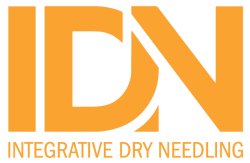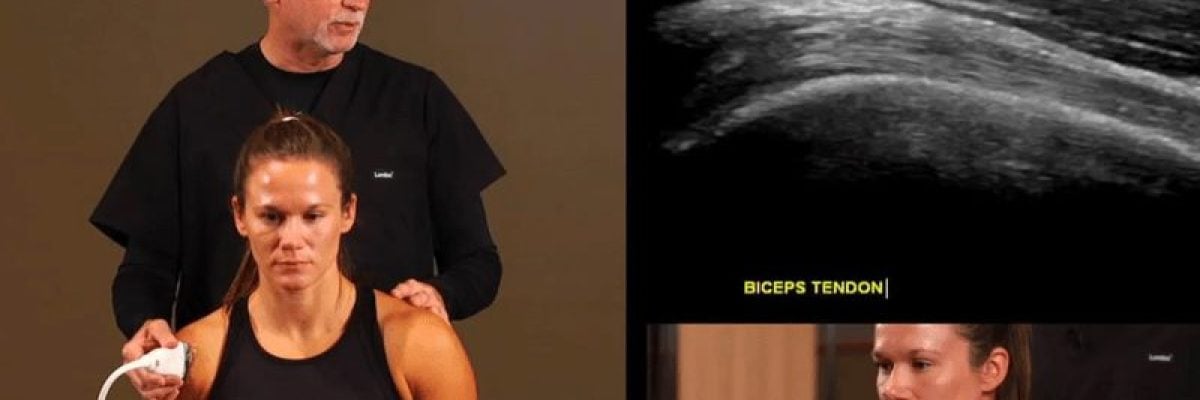Diagnostic ultrasound is quickly becoming the standard for musculoskeletal (MSK) care. MSK US is not a new tool but manual therapists, orthopedic practitioners and other rehab professionals are now, more than ever, understanding its clinical value. Adding MSK US to your evaluation improves the validity and reliability of your MSK diagnosis by viewing real-time images and motion analysis. Being able to visualize the soft tissue allows the clinician the ability to not only deliver the most effective treatment but to track soft tissue healing in a way that has not been readily available before. The MSK US home study videos provide a solid understanding of MSK imaging allowing recognition of normal and abnormal anatomy that are at the root of the commonly encountered injuries seen in clinical practice.
This course helps you create a foundation in the emerging field of MSK Ultrasound. You’ll learn musculoskeletal anatomy and sonoanatomy, probe placement, ultrasound guided imaging fundamentals and practical examples, pathology and ultrasound guided injections. Get in-depth training today and gain a solid understanding of the musculoskeletal ultrasound field, with plenty of virtual ‘hands-on’ learning that enables you to truly become an MSK Master.



